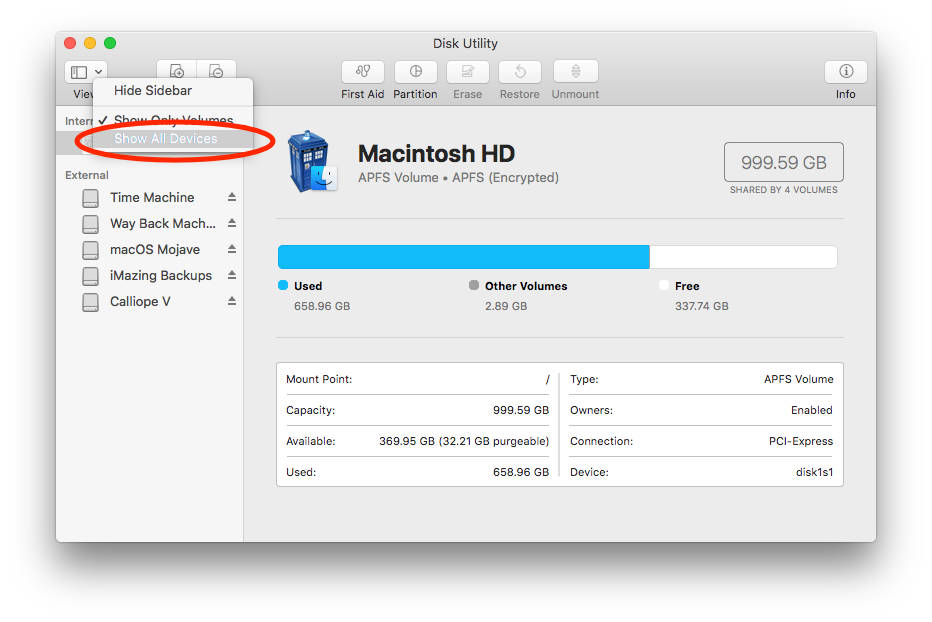

If you need to back up any information on the drive, first connect your drive to a computer that does recognize the drive and transfer the data to a new storage device. Choose "Mac OS Extended (Journaled)" to use the default Mac file system format. Click the "Format" drop-down menu and select the format you want to use. Select your hard drive from the list and click the "Erase" tab. If you want to reset your device and make it look as if it’s new, you can create a Mac bootable USB installer, format the internal drive, boot your Mac from that flash drive, and install the new operating system. Restart "Disk Utility" if you had to restart your computer to perform a repair and you still don't see your drive. You may need to restart your computer and follow the prompts to complete the repair.Ĭlick the "Finder" icon in the Dock and look for your drive in the sidebar. If the operating system already mounted the drive, an "Unmount" button displays instead.Ĭlick the "First Aid" tab and select "Repair Disk," if available. Select your hard drive, optical drive or other attached drive in the sidebar. Click "Go" and select "Utilities" from the drop-down list. Click the background to bring up the Finder menu in the the top bar. The following interface devices can be used to access SD/SDHC/SDXC memory cards: SD Card slot on PC USB SD Card reader for USB2.0, USB3.0, USB3.1 & USB-C.


 0 kommentar(er)
0 kommentar(er)
